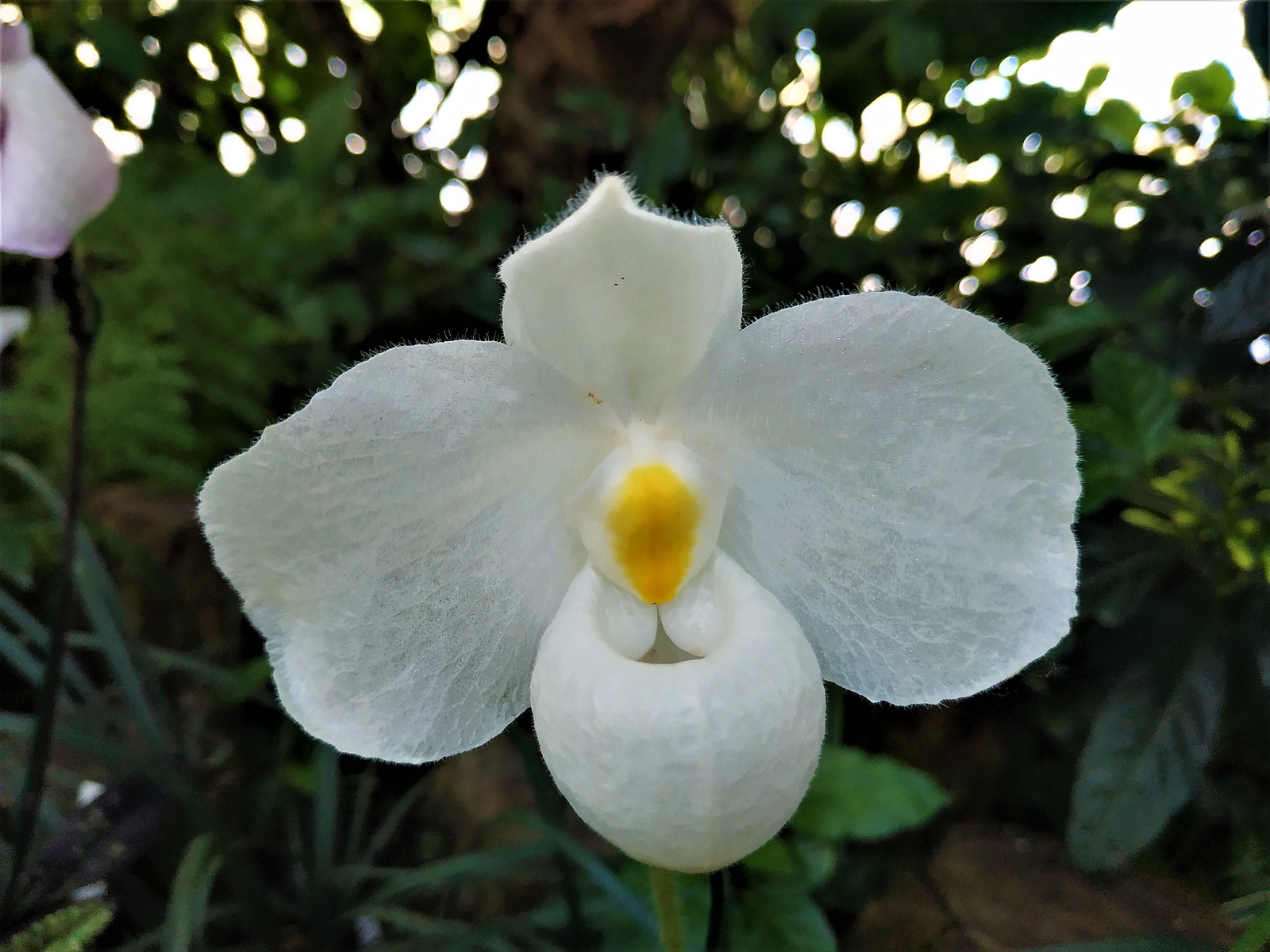How to Grow ZZ Plant — Zamioculcas
Zamioculcas–commonly called ZZ Plant–is a tropical perennial often grown as a houseplant. It has attractive dark green waxy foliage and is easy to care for. Zamioculcas has tall, arching fronds. The smooth waxy leaves reflect light giving it a bright appearance. It prefers moderate, indirect light when grown indoors. Zamioculcas grows from a rhizome which […] More












